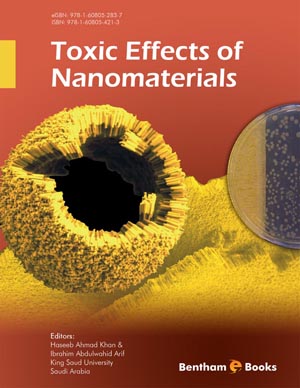Abstract
This decade has seen revolutionary developments in the field of nanotechnology with newer and diverse applications of nanoparticles appearing everyday. Novel nanomaterials are emerging with different characteristics and compositions for specific applications such as cosmetics, drug delivery, imaging, electronic etc. However, little attention is being paid to understand, assess and manage the environmental impact of nanoparticles. Currently the information about toxicity of nanoparticles and their environmental fate in air, water and soil is severely lacking. Inhalation, ingestion and dermal penetration are the potential exposure routes for nanoparticles whereas particle size, shape, surface area and surface chemistry collectively define the toxicity of nanoparticles. Several studies have shown excessive generation of reactive oxygen species as well as transient or persistent inflammation following exposure to various classes of nanoparticles. Increased production and intentional (sunscreens, drug-delivery) or unintentional (environmental, occupational) exposure to nanoparticles is likely to increase the possibilities of adverse health effects. The major environmental concerns include exposure assessment, biological fate, toxicity, persistence and transformation of nanoparticles. Thus, the novel nanomaterials need to be biologically characterized for their health hazards to ensure risk-free and sustainable implementation of nanotechnology.
Keywords: Nanotechnology, Nanoparticles, Toxicity, Environmental impact, Safety, Adverse effects, Health hazards, Biological characterization.




















